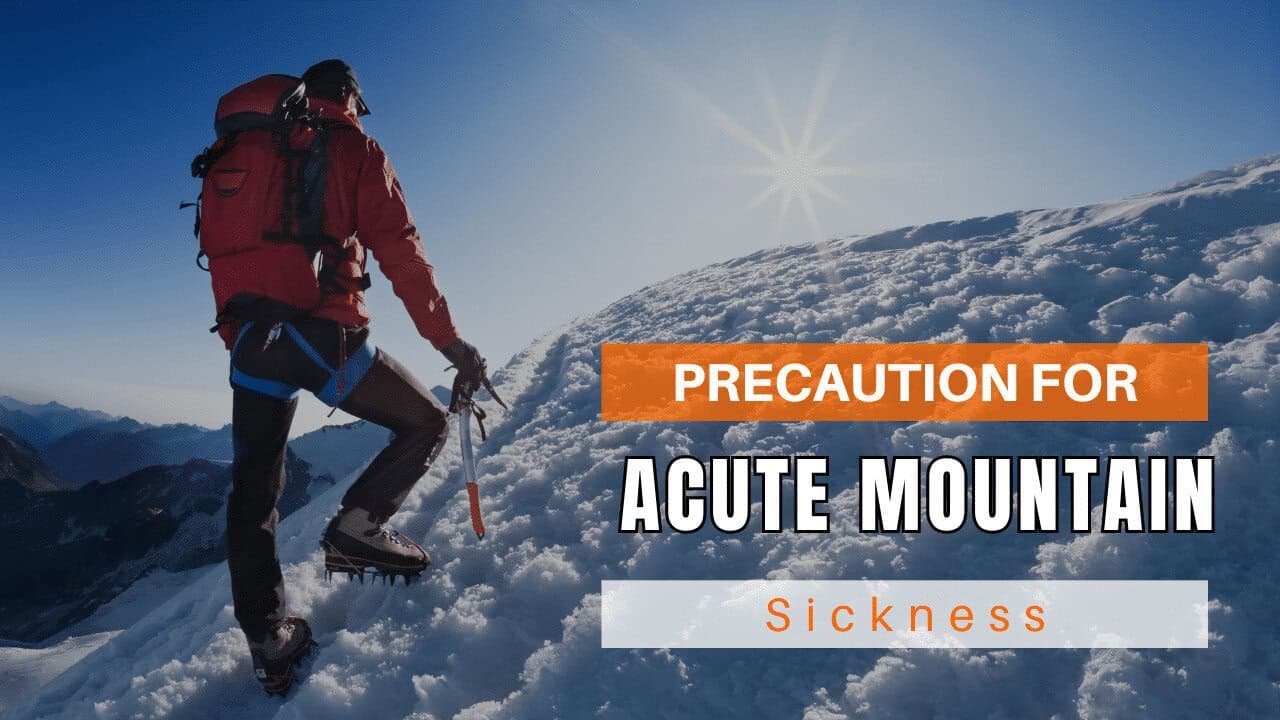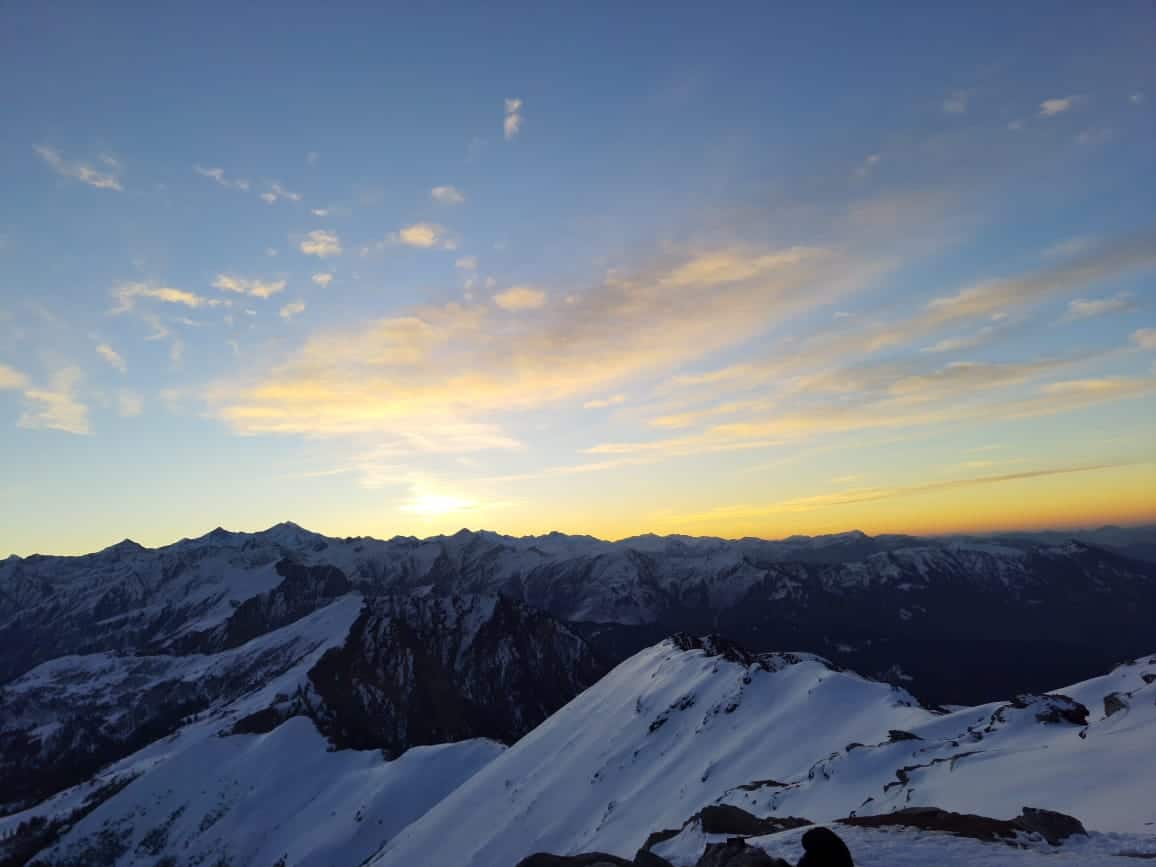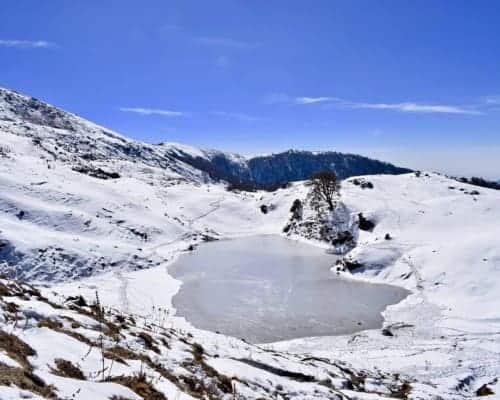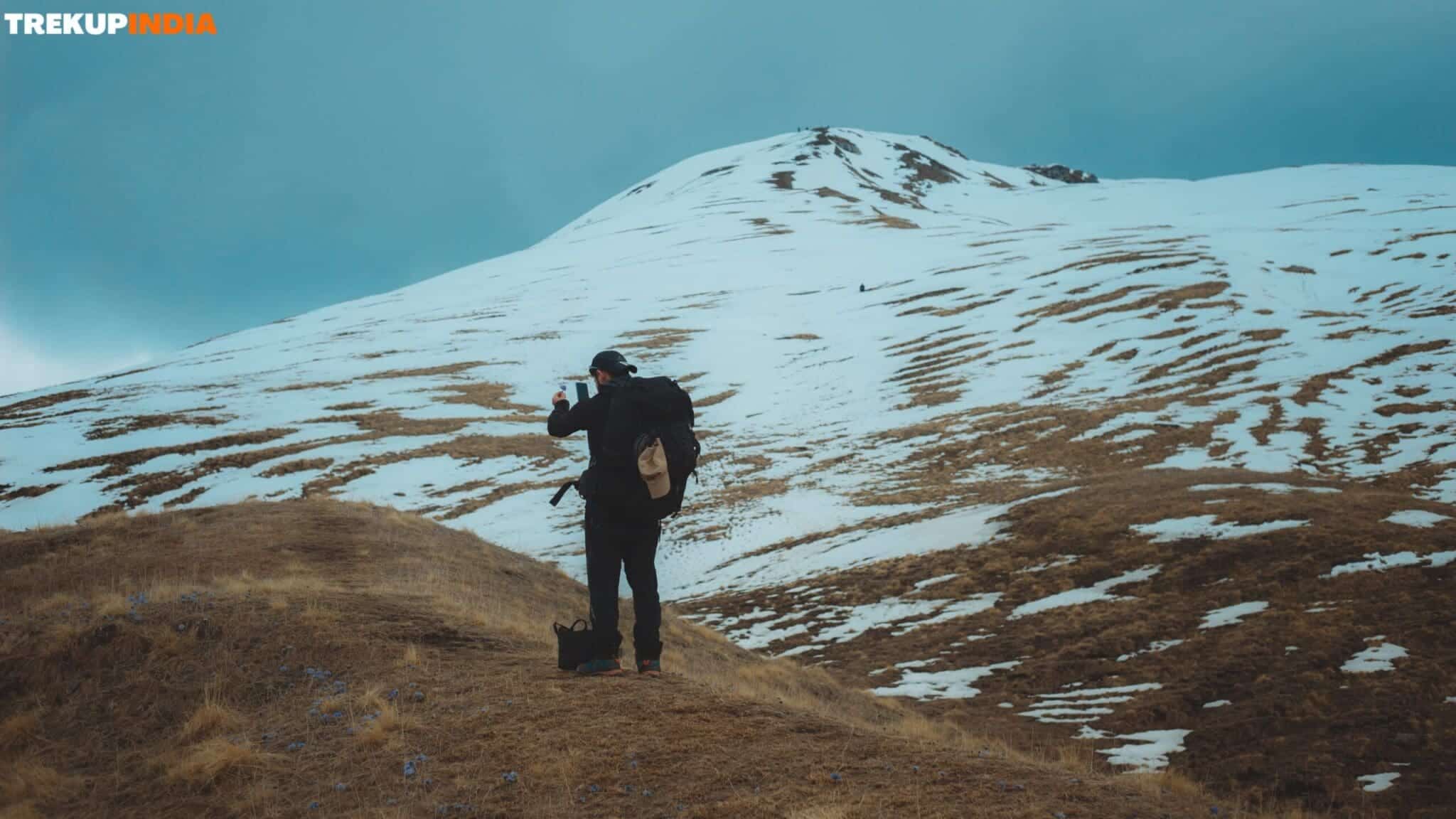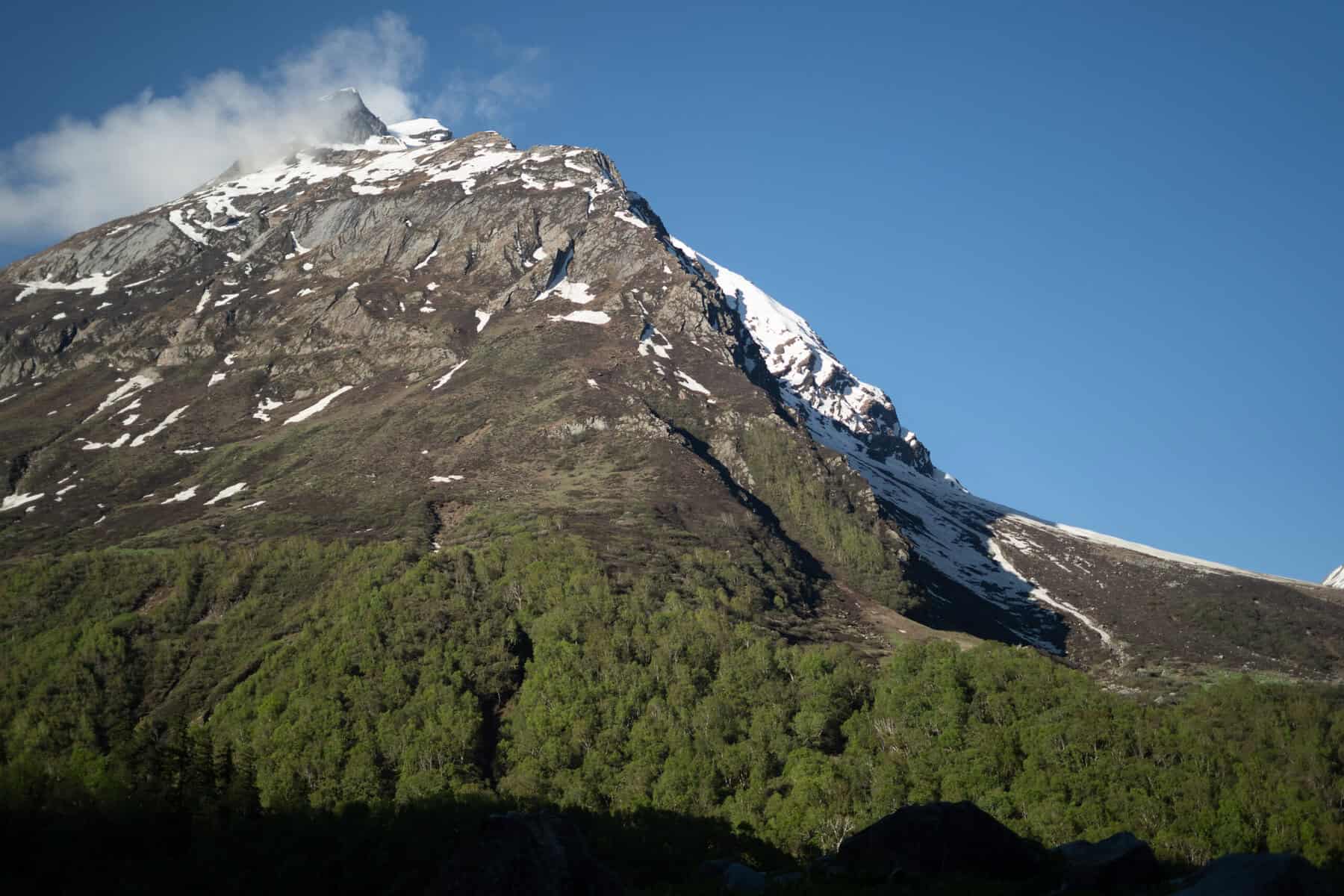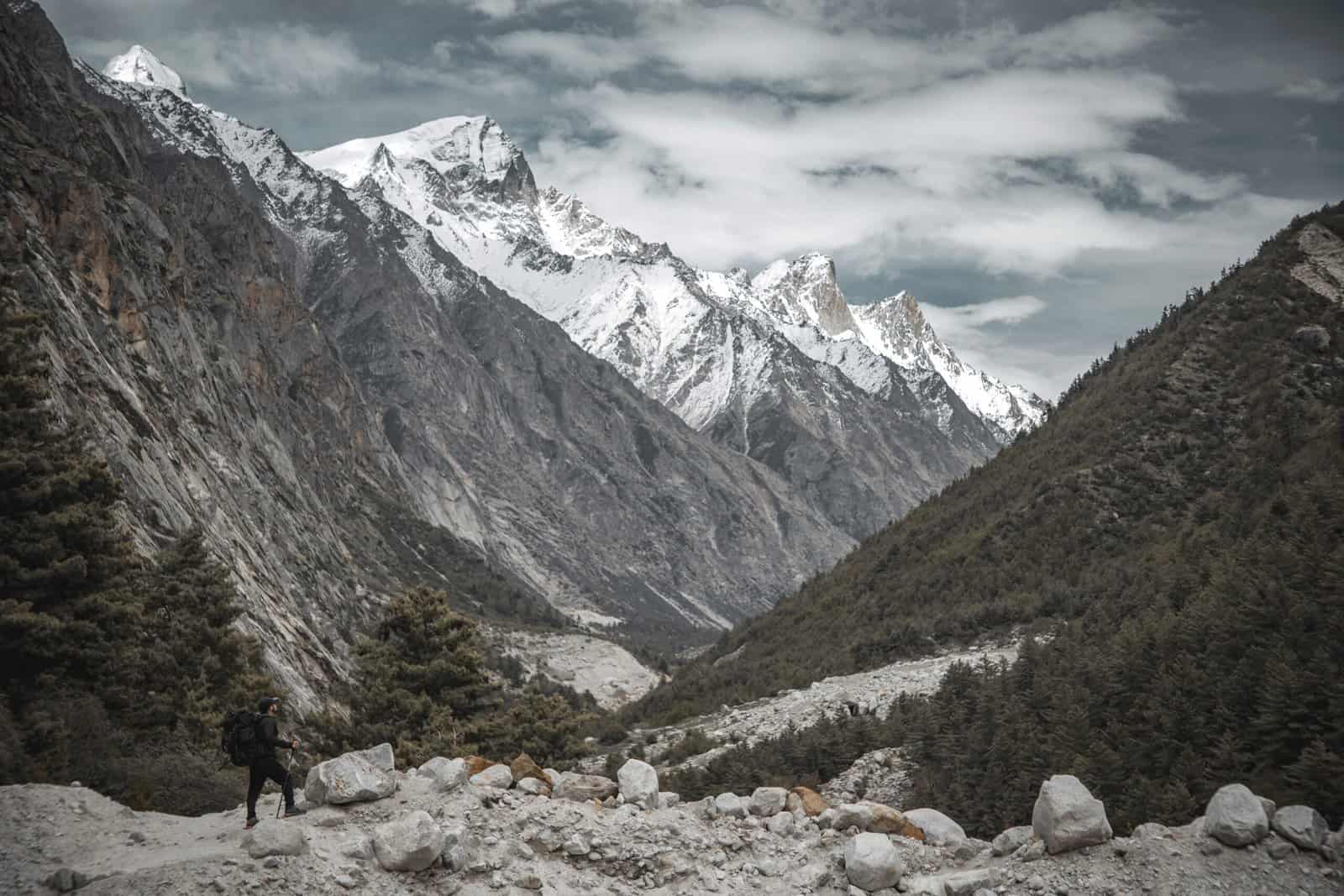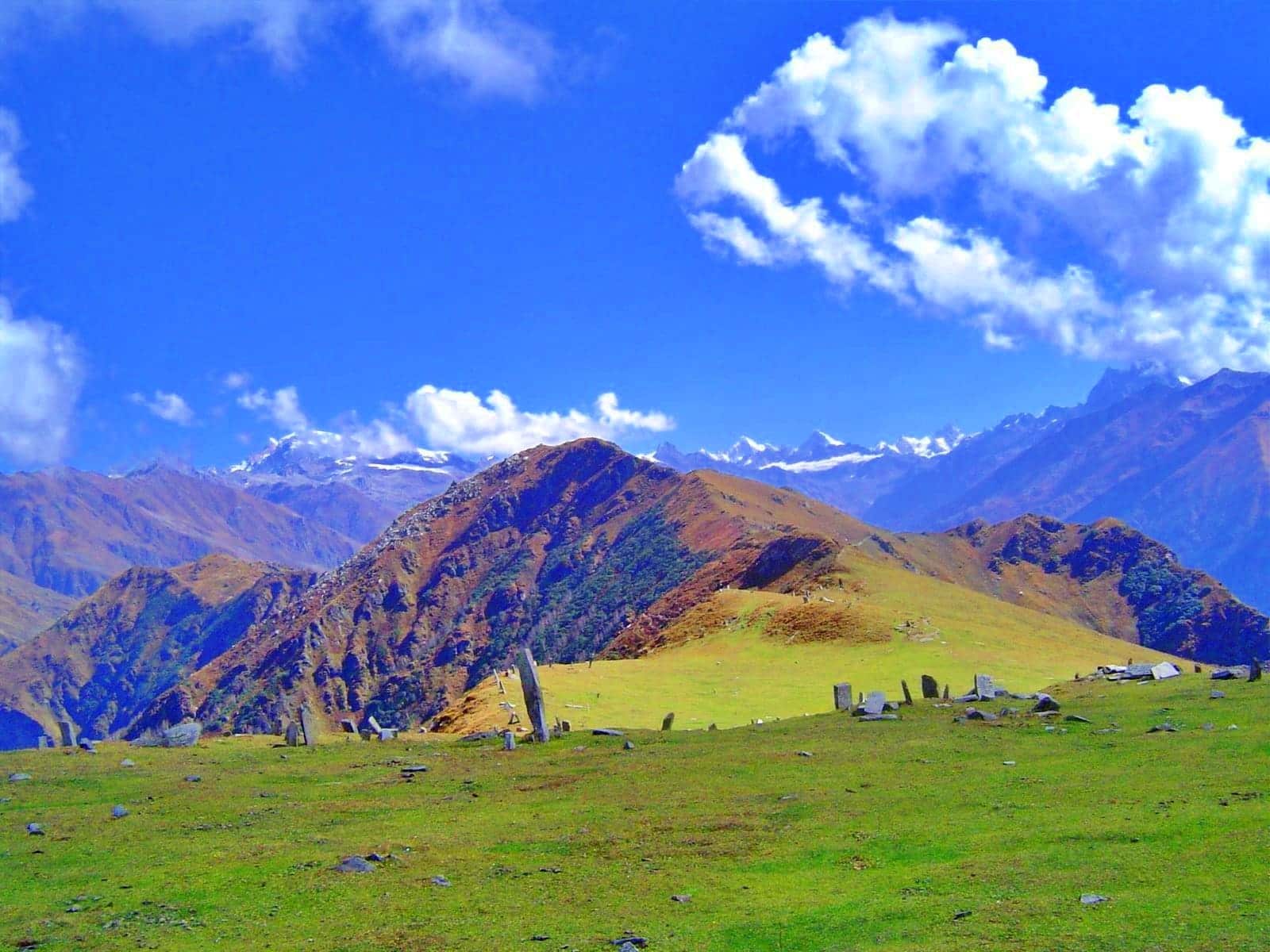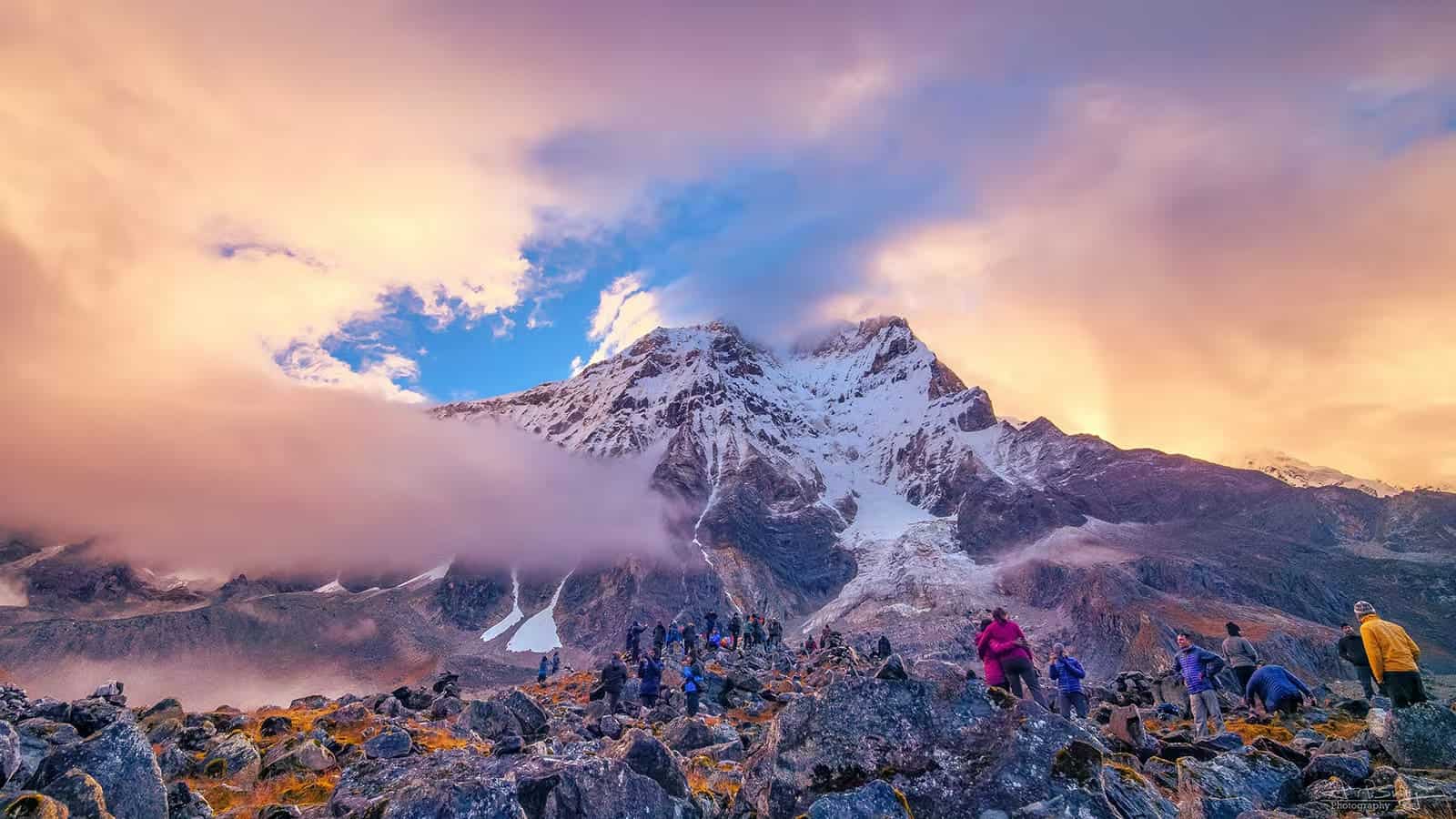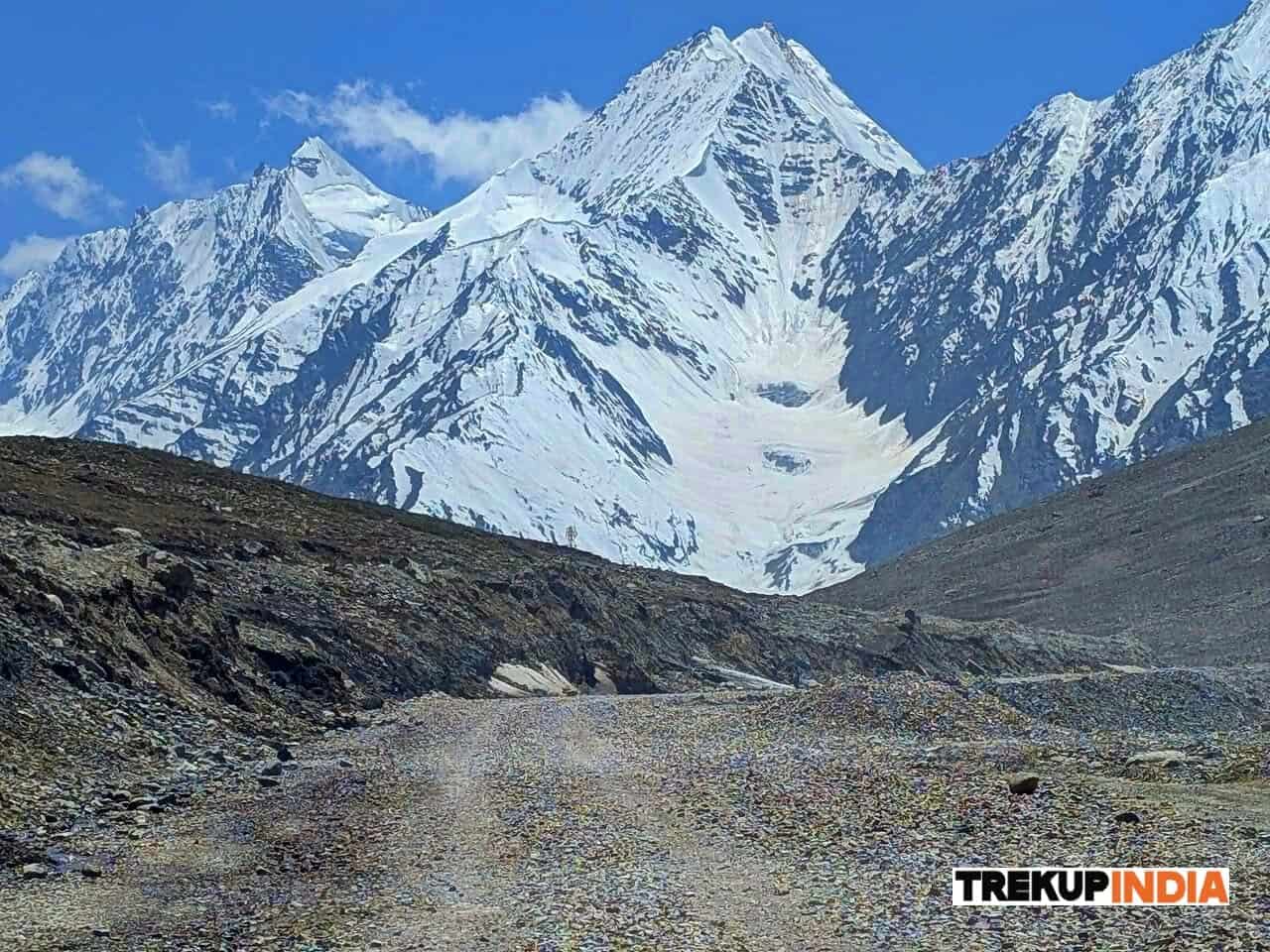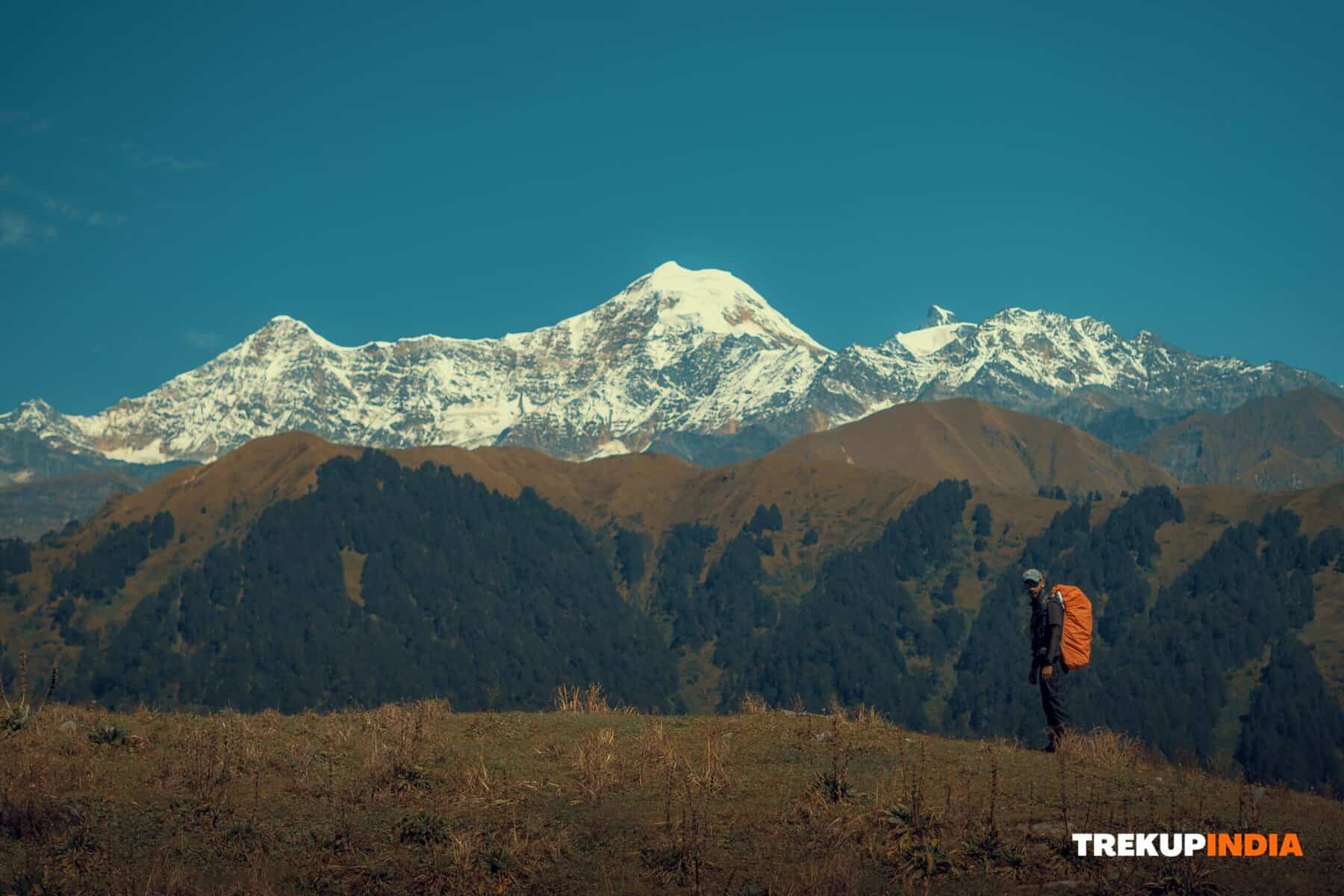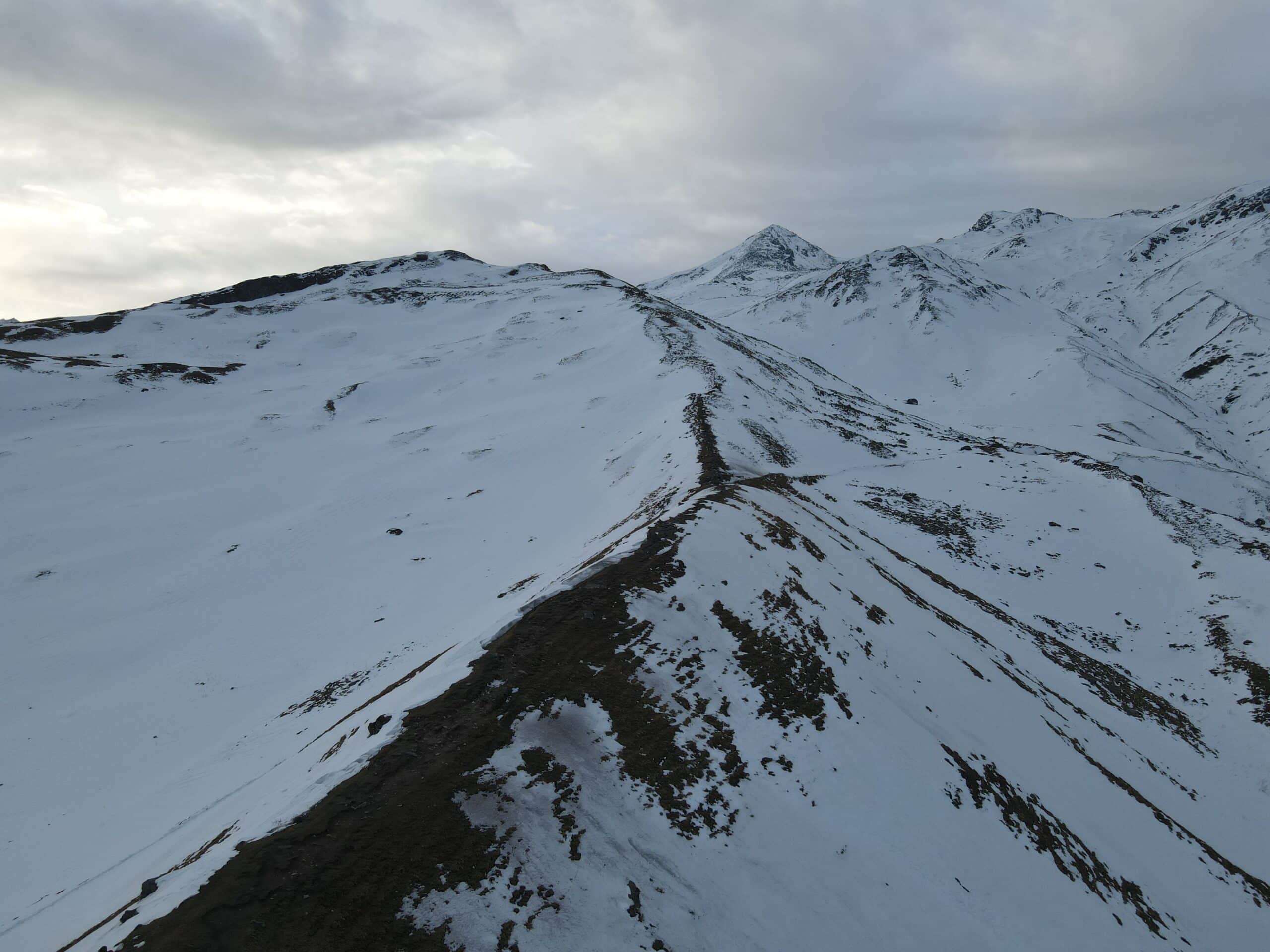Expert advice on Pre-Trek exercises and activities to enhance your readiness for Himalayan treks
Trek Preparation Plan: 30-Day Fitness Routine for Easy Level Treks
As a Mountain Expert at Trekup India, I’ve seen many trekkers assume that running or a few hours of cardio are enough to prepare for a Himalayan trek. But trekking in the mountains is vastly different from walking or jogging on flat terrain. The uneven paths, changing altitude, and thinner air require a more targeted fitness approach.
To help you get trek-ready, I’ve put together a 30-day pre-trek fitness routine, designed in collaboration with fitness experts. This plan assumes you’re preparing for an easy-level trek and have 30 days before departure. Our goal is to build endurance, enhance breathing capacity, and improve flexibility.
Fitness Goal: Cover 5 km in 45 minutes by the end of the routine.
Days | Activities | Duration |
Day 1 | Walk | 40 min |
Body Stretching | 20 – 25 min | |
Day 2 | Breathing Exercise | 15 – 20 min |
Walk | 50 min | |
Body Stretching | 20 – 25 min | |
Day 3 | Breathing Exercise | 15 – 20 min |
Walk | 55 min | |
Body Stretching | 20 – 25 min | |
Day 4 | Breathing Exercise | 20 – 25 min |
Jogging | 1 hr | |
Body Stretching | 30 – 35 min | |
Day 5 | Breathing Exercise | 20 – 25 min |
Jogging | 1 hr | |
Body Stretching | 30 – 35 min | |
Day 6 | Breathing Exercise | 20 – 25 min |
Jogging | 1 hr | |
Body Stretching | 35 – 40 min | |
Day 7 | Breathing Exercise | 20 – 25 min |
Rest | – |
Why This Routine Works
Brisk Walking and Jogging simulate the movement patterns and endurance needed for trekking on inclines and rough trails.
Breathing Exercises enhance your lung capacity, crucial for high-altitude treks where oxygen levels are lower.
Stretching improves flexibility and prevents muscle strain or cramps during long hours of trekking.
Rest Days are vital to help your body recover and reduce injury risk.
Final Tip: Stick to this plan consistently and gradually increase intensity if you feel comfortable. The mountains demand physical and mental resilience, and your preparation should mirror that challenge.
On Day 1
Day 01: Foundation for Trek Fitness
1. Walk – 40 Minutes
Begin with a brisk 40-minute walk. This helps activate your muscles and gradually builds endurance and strength, preparing your body for the coming days of training. Consistent walking improves cardiovascular health and mimics the effort needed for uphill trekking.
2. Body Stretching – 20 to 25 Minutes
Incorporate a full-body stretching routine focusing on legs, hips, and back. Stretching improves joint mobility, flexibility, and blood circulation. It also reduces the risk of common trekking injuries like cramps, strains, and stiffness, especially after long walking sessions.
3. Breathing Exercises (Cool-down)
End your session with 15–20 minutes of deep breathing exercises (e.g., Pranayama). These techniques expand your lung capacity and strengthen respiratory muscles, critical for trekking at high altitudes where oxygen levels drop. Regular breathing practice supports faster and easier acclimatization as your body adapts to lower oxygen saturation in the mountains.
On Day 2nd and Day 3rd
1. Walking
Goal: Gradually increase walking duration and intensity.
Duration: Aim for 55 minutes to 1 hour.
Intensity: If you’re comfortable with the pace, consider incorporating short bursts of faster walking (also called interval walking). For example, walk at a moderate pace for 5 minutes, then walk faster for 2 minutes. Repeat this cycle throughout your walk.
Variation: Change your route or terrain for variety and to challenge your body in different ways (e.g., walk on a slight incline or find a route with some stairs).
2. Body Stretching Exercises
Goal: Focus on improving flexibility and mobility, as well as recovery from the walking session.
Duration: 20-25 minutes.
Focus Areas:
Dynamic Stretching (Before the walk): Warm up your muscles and prepare your body.
Examples:
Arm circles (10-15 reps per direction)
Leg swings (front to back and side to side – 10-12 reps each leg)
Hip rotations (10 reps each direction)
Static Stretching (After the walk): Focus on holding stretches to increase flexibility and cool down.
Examples:
Hamstring stretch: Hold for 30 seconds each leg.
Quadriceps stretch: Hold for 30 seconds each leg.
Calf stretch: Hold for 30 seconds each leg.
Lower back stretch: Hold for 30 seconds, stretching and relaxing.
Chest & shoulder stretch: Hold each for 30 seconds to open up the upper body.
3. Progression
Day 2: If you completed the walk for 55 minutes, try to increase it by 5 minutes, aiming for 1 hour.
Day 3: If you hit 1 hour on Day 2, focus on maintaining that duration but slightly increase your intensity (e.g., faster intervals or slightly steeper terrain). You can also slightly extend the time or add more challenging stretches.
Additional Tips:
Breathing: Focus on steady, deep breaths during your walking, especially when increasing the intensity or speed. This helps with endurance.
Post-Workout Recovery: After stretching, take 5-10 minutes to cool down and hydrate. This ensures your muscles recover properly and stay flexible.
Mind-Muscle Connection: When stretching, actively think about the muscles you’re targeting. This will help you increase flexibility and prevent injury.
On Day 4th, Day 5th and Day 6th
Now that you’ve completed your walking phase, it’s time to level up by introducing jogging, deeper stretching, and focused breathing exercises.
1. Jogging (Cardiovascular Training)
Duration: Start with 1 hour of light jogging.
Intensity Progression:
Day 4: Jog at a relaxed pace — focus on maintaining continuous movement for the full hour. Don’t worry about speed.
Day 5: Gradually introduce short intervals of increased pace (e.g., 2 minutes faster jogging every 10 minutes).
Day 6: Continue building stamina. Aim for a slightly faster average pace or increase total distance while keeping the 1-hour duration.
Benefits: Boosts cardiovascular endurance, lung capacity, heart health, and burns more calories.
Tip: Focus on maintaining good form — keep your shoulders relaxed, breathe rhythmically, and land softly to reduce joint impact.
2. Full-Body Stretching (Flexibility & Recovery)
Duration: 30–35 minutes
Purpose: Improve muscle elasticity, prevent injury, and enhance post-jog recovery.
Structure:
Start with active mobility drills (5 minutes): arm swings, torso twists, leg circles.
Follow with static stretches for major muscle groups (25–30 minutes):
Hamstrings, quads, calves
Hip flexors and glutes
Back and spine twists
Chest and shoulders
Hold each stretch for 30–45 seconds, repeat 2–3 times per side.
Tip: Stretch right after jogging when your muscles are warm for best results.
3. Breathing Exercises (Lung Capacity & Mental Calmness)
Duration: 20–25 minutes
Focus: Improve respiratory efficiency, oxygen intake, and mental clarity.
Suggested Routine:
Box Breathing: Inhale for 4 seconds, hold for 4, exhale for 4, hold for 4. Repeat for 5 minutes.
Deep Diaphragmatic Breathing: Focus on expanding the belly rather than chest. Inhale for 5 seconds, exhale for 5. Continue for 10 minutes.
Alternate Nostril Breathing (Nadi Shodhana): 5–10 minutes. Balances nervous system and calms the mind.
Cooling Breath (Sheetali or Sheetkari): 3–5 minutes to calm the body post-jog.
Tip: Perform breathing exercises in a quiet, seated position, preferably in fresh air or a ventilated space.
On Day 7
After six consistent days of physical activity, Day 7 is your designated rest day — a crucial part of your fitness journey. Rest allows your muscles to recover, rebuild, and grow stronger. More importantly, it helps prevent injury and mental burnout.
Active Recovery (Optional, Light Activity)
While it’s a rest day, gentle movement can still support recovery:
Trekking/Hiking:
If you have access to nature trails or hills, go for a light hike. It refreshes your mind, improves endurance, and builds lower body strength.Alternative:
If trekking isn’t an option, try stair climbing at home or in a park for 15–30 minutes. For a challenge, add light weights (e.g., a backpack with a few kilos).
Note: Keep the pace light — the goal is recovery, not intensity.
Nutrition: Fuel Your Recovery
Physical activity and proper nutrition go hand-in-hand. Without the right fuel, your body won’t fully benefit from your workouts. Focus on balanced, clean eating.
Key Components to Include:
Carbohydrates: For energy
Brown rice, oats, whole grains, sweet potatoesProtein: For muscle repair
Eggs, fish, chicken, paneer, tofu, soybean, lentilsHealthy Fats: For hormones and joint health
Nuts, seeds, olive oil, ghee (in moderation)Fiber: For digestion
Leafy greens, fruits, whole grainsVitamins and Minerals:
Include seasonal fruits, vegetables, and dry fruits like almonds, walnuts, and dates
Tip: If you’re non-vegetarian, include fish or eggs regularly. Vegetarians can rely on paneer, tofu, lentils, peanut butter, and soy.
Don’t Skip Meals
Stick to a consistent three-meal structure:
Breakfast: Start your day with a high-protein, high-fiber meal.
Lunch: Balanced with complex carbs, protein, and vegetables.
Dinner: Light but nutritious — include protein and vegetables.
Hydration
Staying hydrated is essential for recovery, muscle function, and energy levels.
Drink 7–8 glasses (2–2.5 liters) of water daily.
Increase intake if you’re sweating more or doing physical activity.
Include natural fluids like coconut water, herbal teas, or lemon water (avoid sugary drinks).
Pro Tip - Exercise with backpack
A backpack is an essential accessory for trekking, as it carries important items like snacks, water, extra clothing, and other essentials. To prepare your body for the actual trekking experience, it’s helpful to practice walking or running with your backpack. This helps you get accustomed to the added weight and improves your posture, balance, and stamina under load.
Trekking is more than just a physical activity — it has significant mental health benefits as well. Spending time in nature and engaging in moderate-to-intense physical movement helps to reduce stress, lower anxiety levels, and improve overall mood. It also plays a supportive role in managing symptoms of ADHD (Attention-Deficit/Hyperactivity Disorder) by enhancing focus, reducing impulsivity, and promoting calmness. The combination of fresh air, scenic views, and physical exertion creates a powerful environment for both mental clarity and emotional balance.
Conclusion
In conclusion, trekking is one of the most effective ways to improve both physical fitness and mental well-being. When combined with a consistent workout routine, proper rest, and a balanced, nutritious diet, it becomes even more beneficial. By following the plan outlined above, you’ll build the strength, stamina, and resilience needed to enjoy your trek without unnecessary strain or difficulty. With the right preparation, trekking can become a fulfilling and enjoyable experience rather than a challenging task.
About Author

Shivam (Mountain Expert)
Shivam was born and brought up in the Dehradun. Coming from a tradtional family bussniess background and be the 4th genration in the bussnies, he decided to take a another path. Working in the US based firm and sepding some couple of years expreinces. One day he decided to go on a solo trek and from there things got change. After resign his well establish career he decided to persue his career in the adventure and as well as mountain background.He has done various challenging treks in Himalayan region like Kedarkantha, valley of flower, Buran Ghati and list go on. And his love for mountains and adventure is never-ending. Make sure to get detailed help related to the Himalayan trek from him.
Share this article
Dates For Upcoming Treks
Want To Trek Like Pro?
Basically, watch these videos if you want to trek the same way professional trekkers do and make your skills better. These videos contain useful tips and techniques to further improve your trekking skills itself. These videos actually help both new and experienced trekkers improve their trekking skills. These videos definitely provide useful tips that make your trek better. We are seeing that these videos by Trekup India experts will only help you make your trekking skills better.







Know Everything About Acute Mountain Sickness
Acute Mountain Sickness occurs when people trek to high altitudes above 8,000 feet. This condition itself develops further due to reduced oxygen levels at such heights. Basically, as you go higher up, the air pressure and oxygen levels decrease, which causes the same problem. Acute Mountain Sickness surely causes headache, nausea, vomiting, and dizziness in affected persons. Moreover, peoples also experience difficulty in sleeping during this condition. To avoid mountain sickness, you should actually trek up slowly to higher altitudes. To learn further about this condition itself, watch the videos by Trekup India.


